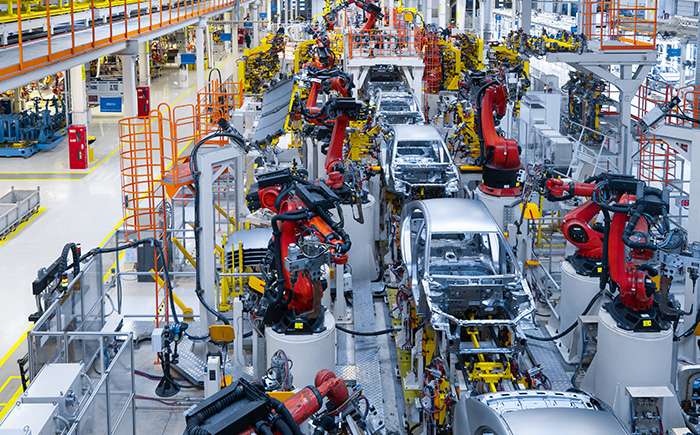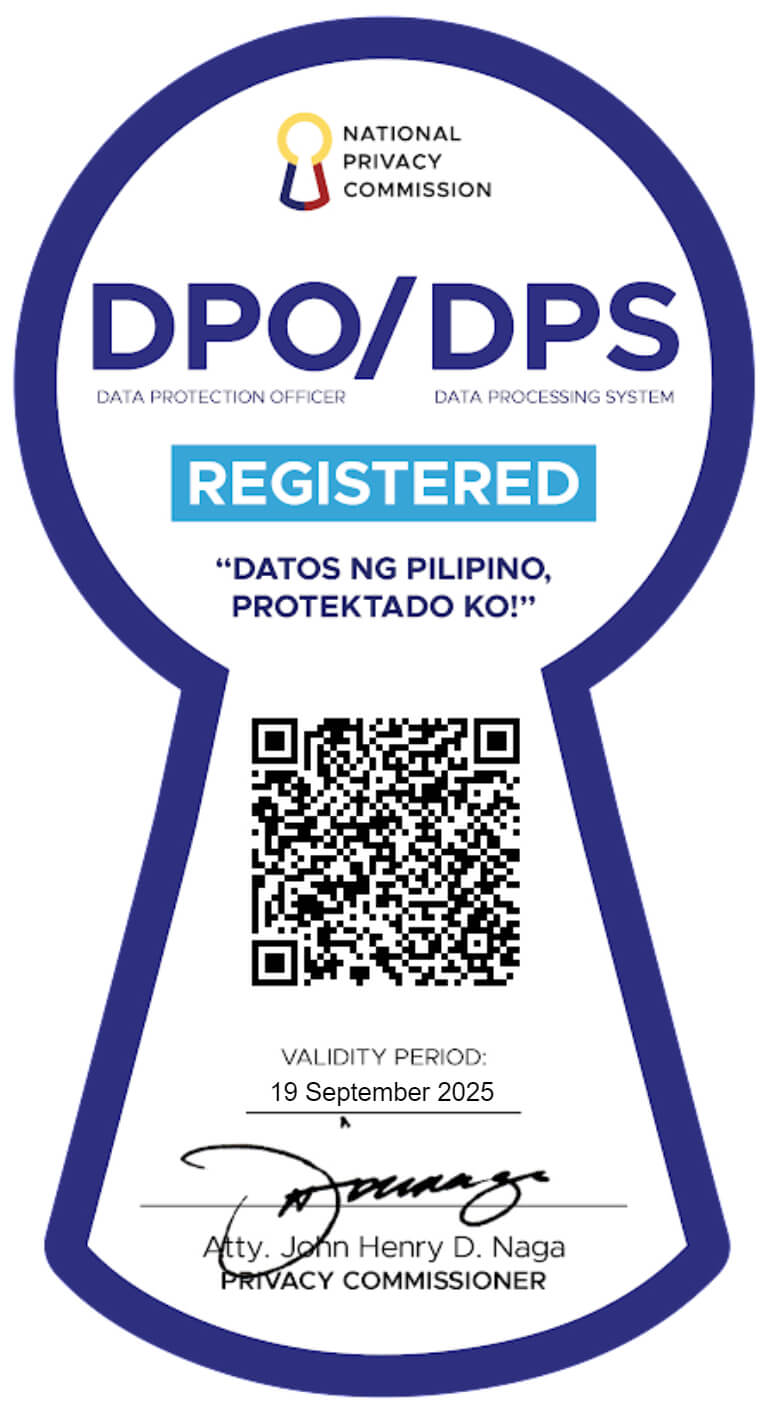-
About Us
Probe CX is a tech-powered, global customer experience organization that amplifies human capabilities with technological excellence.
-
Awards and Accreditations
As an industry-leading CX and digital transformation provider, Probe CX has a resume to match any of our competition.
-
Compliance
Industry-recognized certifications to protect what matters most to our clients and their customers.
-
Locations
Over 19,000 team members delivering exceptional customer experiences across four countries.
-
Vision and Culture
We help our clients become modern digital organizations by combining the latest technology with people, process and data.
-
Executive Team
Meet the team with unmatched experience committed to helping organizations create environments for digitally-enabled CX to thrive.
A leading energy and gas industry retailer required support with credit collection activities and help to optimize their KMS.
- Blog
- 8 RPA trends to watch
8 RPA trends to watch

RPA has proven to be a game-changer for businesses across industries, enabling them to automate repetitive and mundane tasks and free up their workforce to focus on higher-level tasks. This has led to increased productivity and significant cost savings.
It's essential to stay abreast of the latest RPA trends to ensure that we continue to reap the benefits of automation. In this post, we'll be exploring eight RPA trends that executives should keep an eye on in 2023. These trends range from the integration of AI to the increased focus on security, and how understanding them can help us develop an RPA strategy that drives business success.

1. The rise of industry-specific RPA solutions
Industry-specific RPA solutions are tailored to the unique needs of a particular industry, such as healthcare, finance or manufacturing. These solutions are designed to automate tasks and processes that are specific to that industry, enabling businesses to reap the benefits of automation while also addressing industry-specific challenges and requirements.
For example, in the healthcare industry, RPA can be used to automate the processing of insurance claims, medical records and patient data. This can help healthcare providers save time and reduce errors, leading to better patient outcomes. In the finance industry, RPA can be used to automate compliance processes, such as KYC and AML checks, helping financial institutions to reduce the risk of regulatory non-compliance.
By adopting industry-specific RPA solutions, businesses can achieve greater efficiency, reduce costs and improve the quality of their products and services. Additionally, industry-specific RPA solutions can help businesses stay competitive by addressing the specific challenges and requirements of their industry.
However, it's essential to keep in mind that developing industry-specific RPA solutions requires a deep understanding of the industry and its processes. As such, it's important to work with a vendor or partner that has expertise in your industry and can develop solutions that meet your specific needs.
2. The cloud-based RPA revolution
With cloud-based RPA, businesses can deploy bots quickly and easily, scale up or down as needed, and access real-time data and insights from anywhere. This can help businesses achieve greater efficiency and productivity, reduce costs and stay competitive in an increasingly fast-paced and data-driven business environment.
One of the main benefits of cloud-based RPA is its ease of deployment. With cloud-based RPA, businesses can deploy bots quickly and easily, without the need for on-premise infrastructure or IT support. This can help businesses save time and reduce costs while also enabling them to scale up or down as needed.
Cloud-based RPA also enables businesses to access real-time data and insights from anywhere, at any time. This can help businesses make more informed decisions, identify trends and patterns and stay ahead of the competition. Additionally, cloud-based RPA can help businesses achieve greater efficiency by automating tasks and processes, enabling employees to focus on higher-level tasks that require human expertise.
However, as with any technology, it's important to approach cloud-based RPA with caution. Businesses need to ensure that they have the proper security and compliance measures in place to protect their data and comply with industry regulations. Additionally, businesses need to consider the potential impact of cloud-based RPA on their existing IT infrastructure and processes.
3. Collaborative RPA
Collaborative RPA can take many forms, from simple task automation to more complex workflows that require human intervention. For example, bots can be used to automate repetitive tasks like data entry or invoice processing, while humans can focus on higher-level tasks like exception handling and decision-making.
One of the main benefits of collaborative RPA is that it can help businesses achieve greater efficiency and productivity while also improving job satisfaction and employee engagement. By enabling humans and bots to work together, businesses can optimize their workflows and ensure that each task is being performed by the most appropriate resource.
Businesses need to ensure that they have the proper training and support in place to enable humans and bots to work together effectively. Additionally, businesses need to consider the potential impact of collaborative RPA on their existing workflows and processes.
4. Hyperautomation is the future of end-to-end workflow automation
Hyperautomation, the integration of multiple automation technologies, including RPA, artificial intelligence and machine learning, is one of the top RPA trends to watch for. With hyperautomation, businesses can automate entire end-to-end workflows, rather than just individual tasks, leading to increased efficiency, productivity, and accuracy.
By leveraging the power of multiple automation technologies, businesses can achieve automation at a scale that was previously unattainable with RPA alone. Hyperautomation can also help businesses to better analyze data, identify inefficiencies and optimize processes in real time. Overall, hyperautomation is poised to revolutionise the way that businesses approach automation, leading to unprecedented levels of efficiency and productivity.
5. Process mining to optimize business processes
Process mining is a technique used to analyze business processes and identify opportunities for improvement. By analyzing event logs and other data sources, process mining can provide a comprehensive view of how processes are executed, where bottlenecks and inefficiencies lie, and how processes can be optimized. When used in conjunction with RPA, process mining can help businesses automate processes with greater efficiency and effectiveness.
Process mining can provide a range of benefits for businesses, including increased process visibility and the identification of areas for automation. By gaining a better understanding of how processes are executed, businesses can identify areas where RPA can be implemented to reduce costs and increase efficiency. Process mining can also help businesses identify areas for improvement in their processes, leading to increased productivity and profitability.
6. Low-code RPA to simplify automation
Low-code RPA is a type of robotic process automation that requires minimal coding and technical expertise to build and deploy bots. With low-code RPA platforms, developers can use visual interfaces and drag-and-drop tools to create bots that automate repetitive tasks and streamline business processes. Low-code RPA can be a game-changer for businesses looking to automate their workflows quickly and easily.
Low-code RPA can simplify the automation process, making it more accessible to a broader range of users. With low-code platforms, developers can create bots faster and with less effort than with traditional coding methods. Additionally, the low-code approach makes it easier to maintain and update bots, reducing the workload on IT teams and ensuring that bots remain effective over time
7. Empowering citizen developers for agile RPA solutions
Citizen developers are individuals within a business who may not have formal coding or technical expertise but are empowered to create and deploy RPA solutions. This approach to automation allows business users to create solutions to their specific needs, without relying on IT teams to develop and deploy bots. Citizen developers can create RPA solutions using low-code platforms, enabling them to automate tasks and streamline workflows.
Rather than waiting for IT teams to create and deploy bots, citizen developers can quickly create and deploy solutions to their specific needs. This can help businesses to respond more quickly to changing market conditions or new opportunities, improving their competitiveness.
Using citizen developers can also help to reduce IT backlog. By empowering non-technical users to create and deploy RPA solutions, businesses can reduce the workload on IT teams and focus their efforts on more complex technical issues. This can help to ensure that IT teams are working on the most important projects and can improve the overall efficiency of the IT department.
8. Securing the future of RPA with cybersecurity measures
As the adoption of RPA continues to grow, so does the need for robust security measures. RPA solutions can handle sensitive data and perform critical business operations, making security a top priority for businesses implementing these technologies.
In recent years, the focus on RPA security has increased, with many organizations taking steps to improve their security posture. This includes the implementation of multi-factor authentication, which requires users to provide two or more authentication factors before gaining access to an RPA solution. Additionally, encryption of data in transit and at rest is becoming increasingly important for protecting sensitive information.
We can expect to see even greater emphasis placed on RPA security, with more businesses implementing advanced security measures and seeking out RPA solutions with built-in security features. This increased focus on security will not only help protect sensitive data and operations but also help build trust in RPA as a reliable and secure technology solution.
 Summary
Summary
This year is set to be a transformative year for robotic process automation. With advancements in technology and new trends on the horizon, businesses have a unique opportunity to streamline their operations, increase efficiency and improve the employee experience.
From hyperautomation to citizen developers, low-code RPA to increased security, the future of RPA is full of promise. However, it's important to keep in mind that successful implementation of RPA requires careful planning and execution. As with any major change, businesses need to approach RPA with a clear strategy, strong leadership and a willingness to adapt and evolve.
Ultimately, RPA has the potential to revolutionise the way businesses operate, and it's up to us to seize this opportunity and make the most of it. By embracing the latest trends and technologies, and focusing on collaboration, innovation and security, businesses can position themselves for success in the years ahead.
Related Articles
Digital Transformation
How to get started with intelligent automation
RPA can create growth opportunities and reduce operational costs but it is not a 'one size fits all' concept. Learn more in this blog here.
Intelligent Automation
Types of AI agents: benefits and examples
Dive into the world of AI agents, exploring their types, benefits, and real-world use cases. Learn how these intelligent systems are transforming industries.
Customer Management
What is an intelligent virtual agent?
IVAs are powered by cognitive process automation and nature language understanding. Learn more about intelligent virtual assistants in this blog here.
© Copyright 2025 Probe CX | ProbeCX is a proudly owned subsidiary of Probe Group
Privacy Policy | Responsible AI Policy | Financial Hardship Policy | Whistleblower Policy | Complaints Procedure | Supplier Code of Conduct




